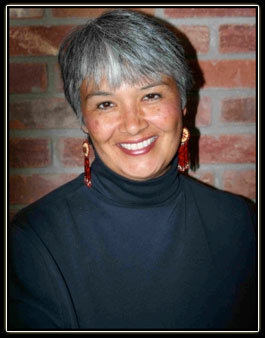At eighteen months old, Susan Harness (M.A. cultural anthropology ’06, M.A. creative nonfiction ’16) was removed from her home because of neglect. Notes from the social worker document a hungry infant with infected and bleeding mosquito bites and a diaper that hadn’t been changed in days. Harness and two of her siblings had been left in the care of their six-year-old sister by a mother who regularly disappeared for extended periods of time.
Family and community members on Flathead Indian Reservation in Montana were unable to help since they did not have the economic resources. As a result, in 1960, like over 30 percent of American Indian children in that time period, Harness was adopted into a non-American Indian home.
Transracial adoption
The Indian Adoption Project was a small study interested in understanding the impact of transracial adoption on American Indian children. From 1958 through 1967, researchers spoke with a small subset of American Indian children who were adopted by white families. Proponents of this practice argued that this was an improvement over previous policies which resulted in difficulties placing American Indian children into homes. Harness’ experience and later academic research document a unique perspective on this subject – that of the child adoptee.
“The primary purpose of placing over a third of American Indian children with white families was assimilation,” said Harness. “My adoption, like nearly every other transracial adoption, was a closed adoption. This means our names were changed; our families, our tribes and nation, erased. Our entire identity was kept locked away in files that could be opened only by court order, trusting you could find a sympathetic judge. Therefore, finding our way home would be almost impossible. That’s how it was meant to be. We were not supposed to ‘be’ Indian, we were supposed to become members of the dominant society, with full and complete access to the American Dream.”
"We were not supposed to ‘be’ Indian, we were supposed to become members of the dominant society, with full and complete access to the American Dream."
– Susan Harness
Challenges growing up
Harness described her childhood as being caught between two worlds – white and American Indian – and estranged from both. She never felt accepted within the white community and her ties to the American Indian Community had been broken. Harness spent much of her childhood wondering why she was treated differently from other children, getting asked ethnically-charged questions from her white peers like, “Can you do an Indian dance?” or “Do you live in a teepee?”
On the other side of the spectrum, people in the American Indian community would question why Harness didn’t “sound” Indian, chastise her for not knowing her family, and assert that she had no idea what it was like to be Indian “because she didn’t grow up on the reservation.” Such questions did little to affirm a sense of belonging and identity.
As an adult, additional issues arose. Doctors would ask for information about her family’s medical history and she got tired of saying “I don’t know.” In other instances, upon learning that she was adopted, well-meaning people would say, “Oh, that’s great! You’re lucky you were taken from an awful family,” without knowing anything about her story or the colonizing history of assimilation policies and programs in the United States and their ill effects on American Indian communities.
In 1993, Harness contacted her biological family. Despite the tension of the first meeting, she developed a relationship with her biological family and community. A few years later, she realized that, as an American Indian transracial adoptee, her feelings of “not belonging” were due, in part, to the fact that her identity could not be easily defined – she could not be clearly labeled.
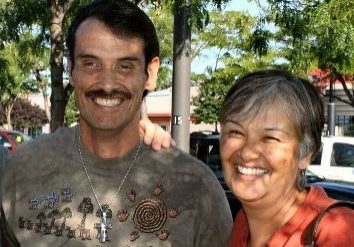
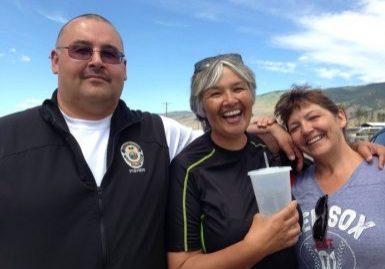
Investigation via anthropology
“She decided that it was time to investigate her own history and sought the guidance and shelter of our cultural anthropology program to help her achieve this in a supported way,” said Kate Browne, professor of cultural anthropology at Colorado State University. “She approached me about serving as her mentor to help her pursue a thesis project about her own transracial background. I wasn’t sure I could offer the best support since my expertise was not American Indian studies, but as we talked, it became clear that I could help by introducing her to larger issues of race and impacts of colonization that were my areas of expertise.”
Harness had two goals for her master’s project: she wanted to understand how being an American Indian transracial adoptee had influenced other people like herself and expose an unfortunate chapter of U.S. history. Harness was interested in locating and talking to others like herself, ultimately finding 25 transracial adoptees from the same era of U.S. history. For her thesis, Harness interviewed and surveyed over 70 people – including adoptees, American Indians, and Euro-Americans.
“I wanted to understand how we classified ourselves and each other, how we placed a value on those classifications and how we, as adoptees, navigated the complicated maze of identity and belonging,” Harness said. “By placing my research into a context of social theory, I was able to deeply explore the harsh realities of what it means to be transracially adopted into a culture that views the ethnic group from which we were extracted as inferior.”
Harness published the results of her research in 2009 with Edwin Mellen Press. Mixing Cultural Identities Through Transracial Adoption: After the Indian Adoption Project (1958-1967) informs the reader about issues of power and hierarchy and examines the complexities of what family means.
The written experience
“But Susan had more to do, for once she had opened to the fuller context of her adoption and the experiences of others like her, she sought to find a place in her Indian family and discover the meaning of that role,” said Browne. “Another set of years and many ventures back to the reservation led her to write a personal memoir, this time under the guidance of the creative writing department at CSU.”
Harness called the Department of English and asked about taking a graduate writing course. She registered for a creative non-fiction class with John Calderazzo, now emeritus professor of English. He became her faculty mentor for a second master’s degree in creative non-fiction writing. Her goal in entering the program was to write a personal story of her experiences.
“Susan was a wonderful graduate student – she was a delight as well as a trouble maker,” said Calderazzo laughing. “A delight in that she was passionate, eager to learn, asked good questions, and you could feel the strength of her ideas. She was hardworking, talented, and driven to follow this extremely difficult and personal topic. A trouble maker in that she challenged me as much as she wanted to be challenged, and she wasn’t afraid to raise tough questions.”
Harness’ memoir Bitterroot: A Salish Memoir of Transracial Adoption was accepted for publication by the University of Nebraska Press and will be released fall 2018. The book will be a personal account of her experience as an American Indian transracial adoptee. University of Nebraska Press hopes Bitterroot will serve as a textbook for courses in history, anthropology, social work, ethnic studies, and literature courses that discuss social theory. Books for courses will be available for ordering in July; books for the general public will be available September 1.
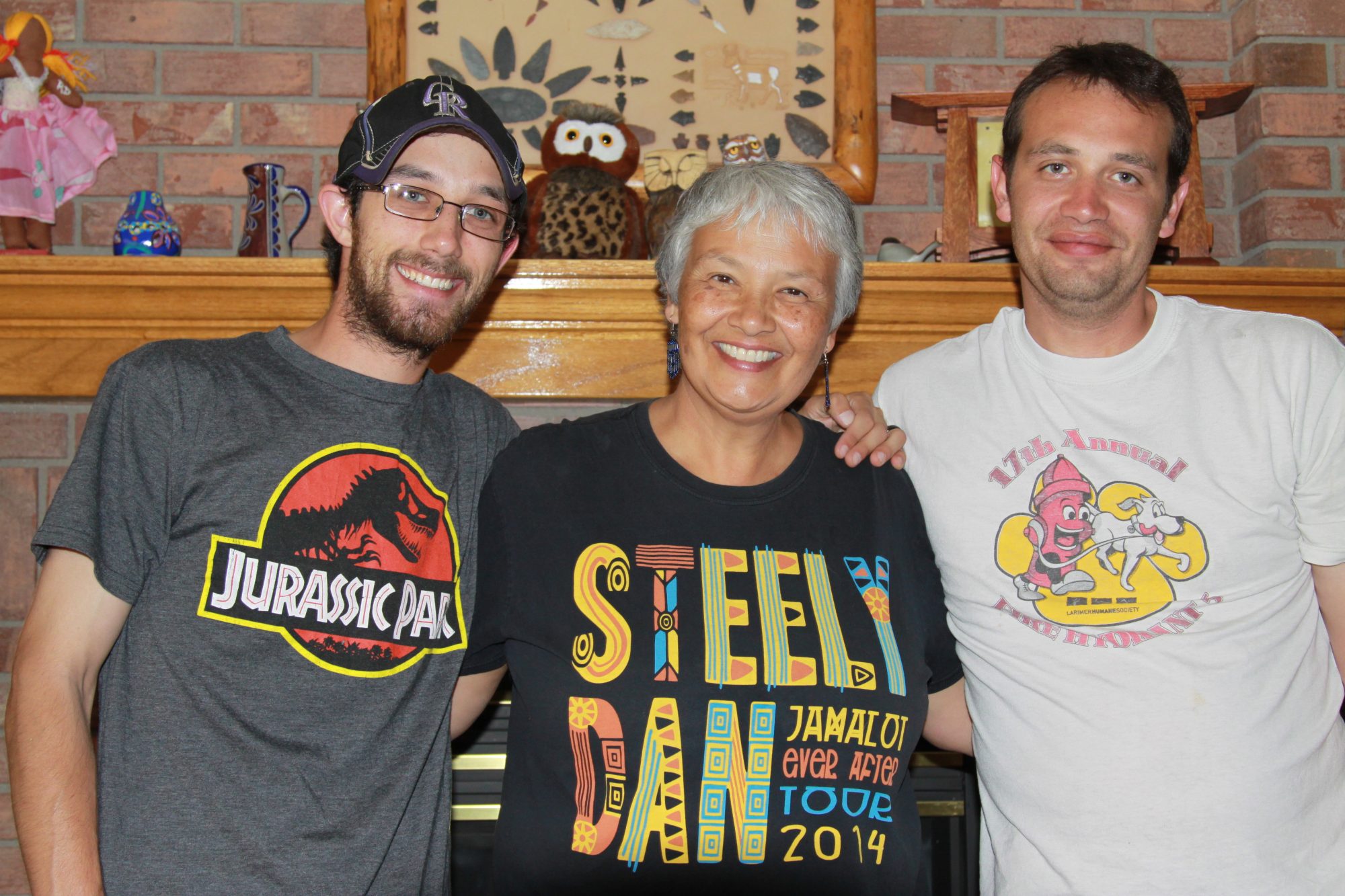
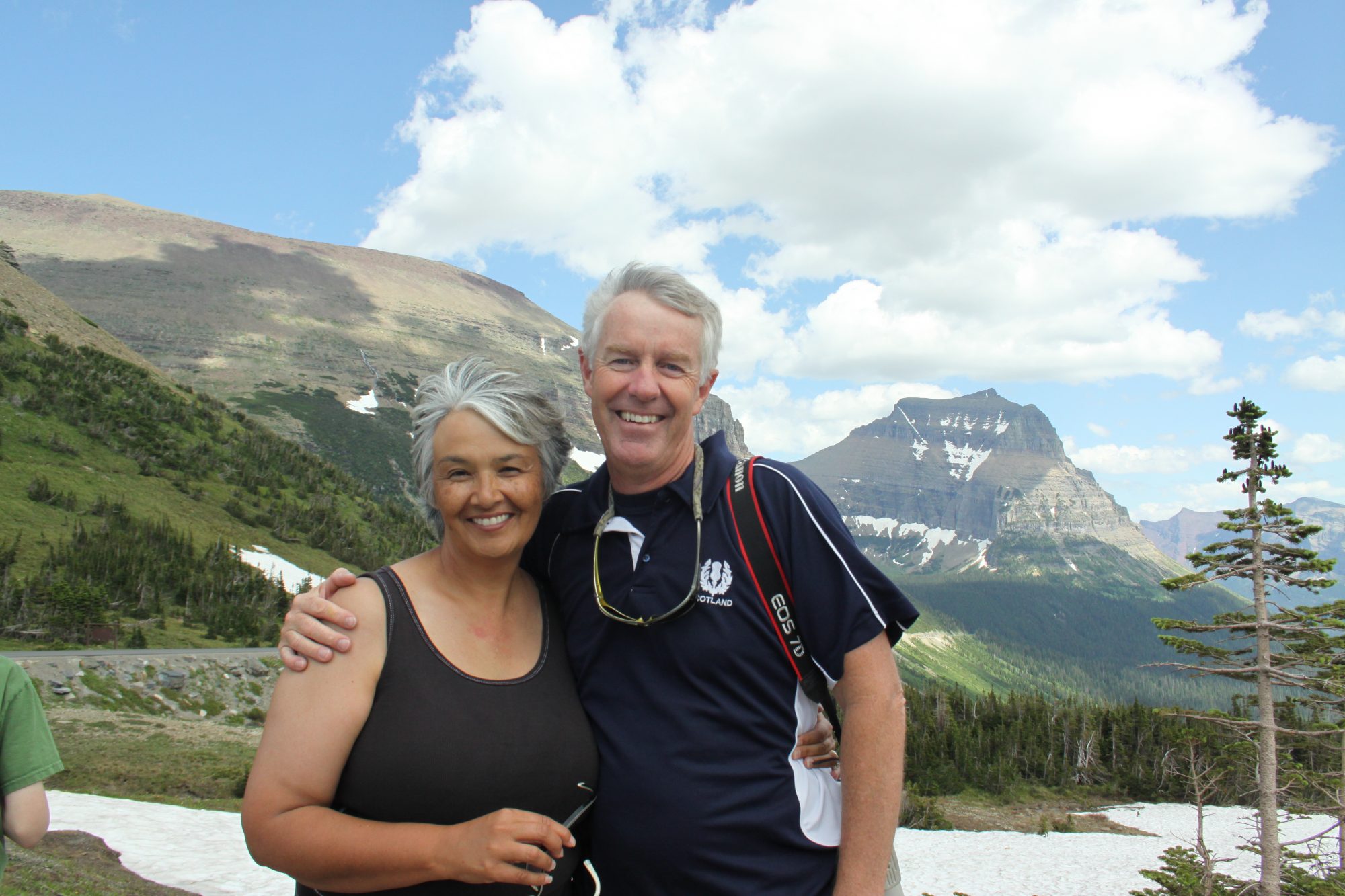
Moving forward
After decades of searching for answers and a sense of belonging, Harness has emerged with a sense of self-acceptance. In the long-run, she feels like this is a far better outcome than a sense of belonging.
Harness explains what she has gained from her personal and academic journey toward understanding transracial adoption.
“Let’s have a dialogue about this place, in the middle, where most of us exist, and how it looks with its beauty and its warts. Let’s talk about the children of war, of policy, of poverty so severe they have virtually no chance to change attitudes, ideas, behaviors, from the class they’ve been born into. Let’s have a dialogue that includes what works, as well as what doesn’t, instead of deviating into the either/or raging debate of the adoption rainbow. Because, in either/or, no pot of gold exists on either end for the adoptee.”
Learn more about the Department of Anthropology.
Susan Harness is a member of the Confederated Salish and Kootenai Tribes. She works as a field director for the Tri-Ethnic Center for Prevention Research at Colorado State University on the project Using a Media Campaign to Prevent Substance Use Among Middle School Youth. She writes and lectures on transracial adoption and American Indian assimilation policies and practices.
Her new book Bitterroot: A Salish Memoir of Transracial Adoption will be released in Fall 2018.
